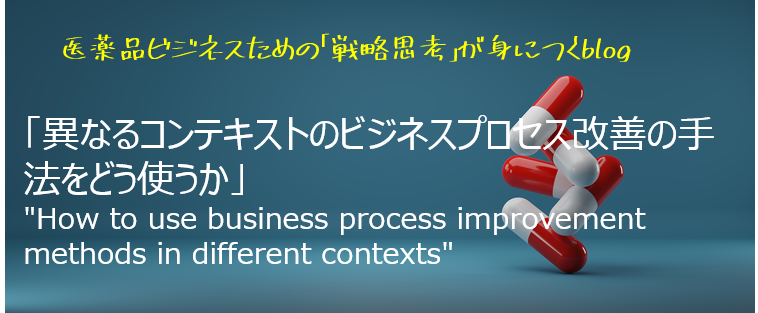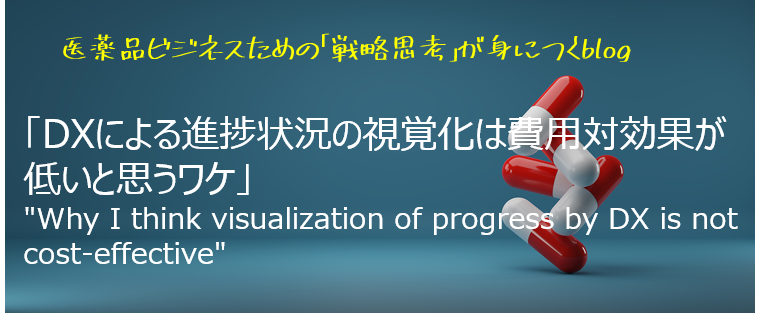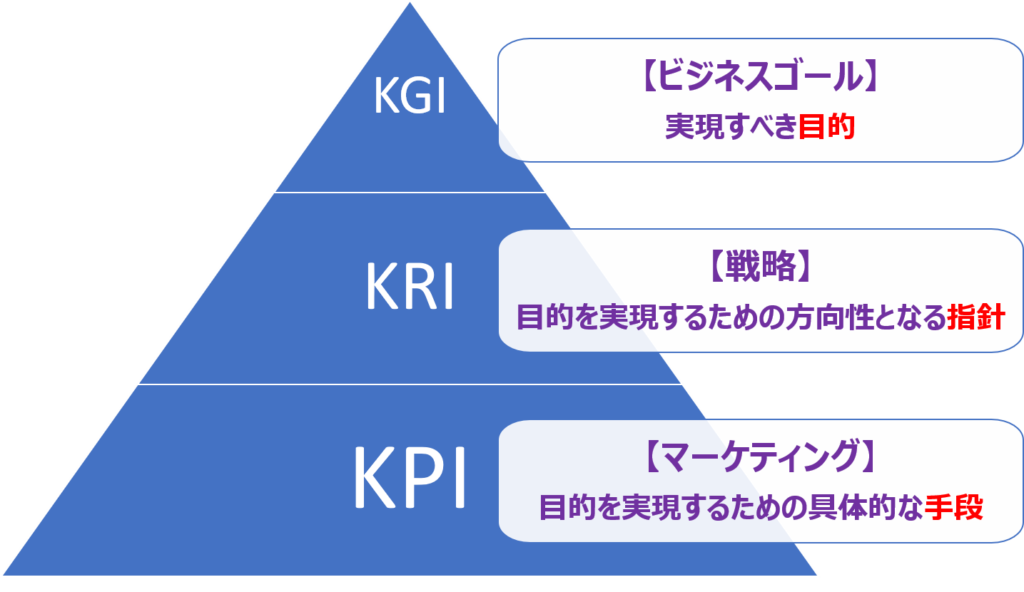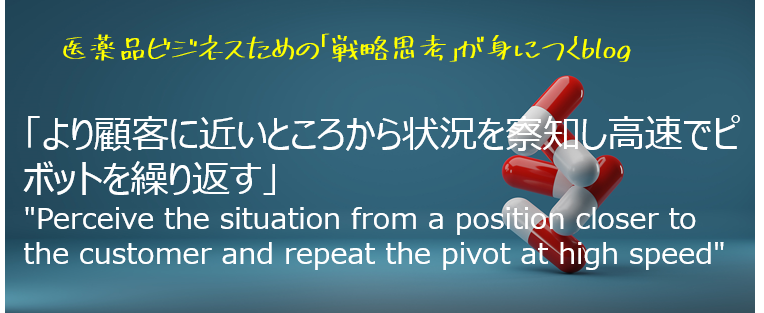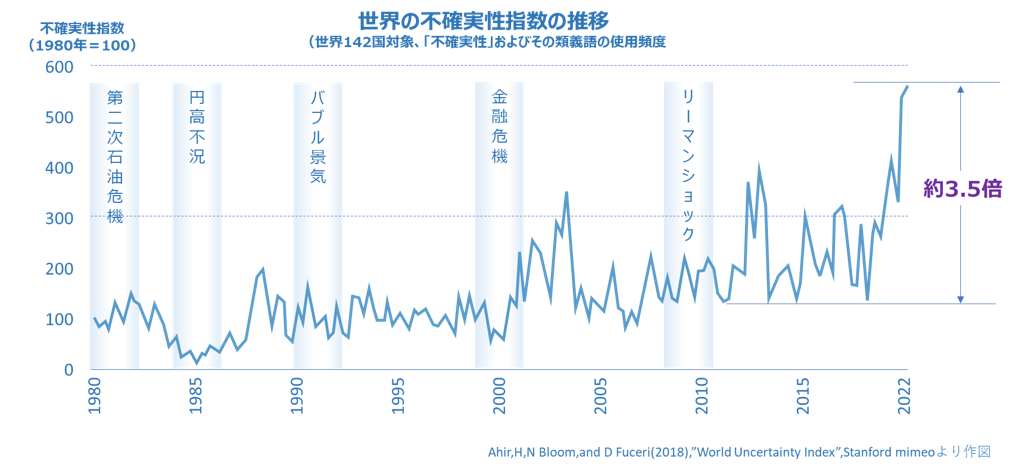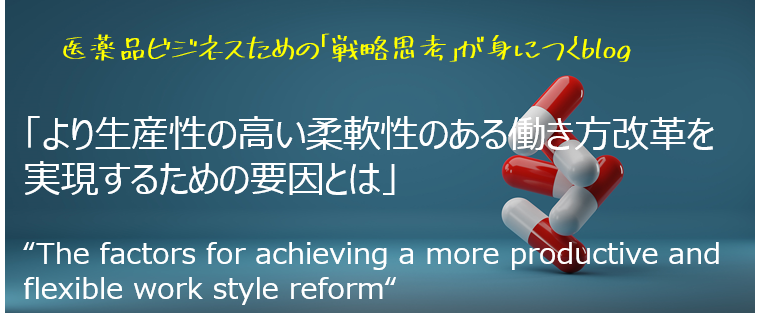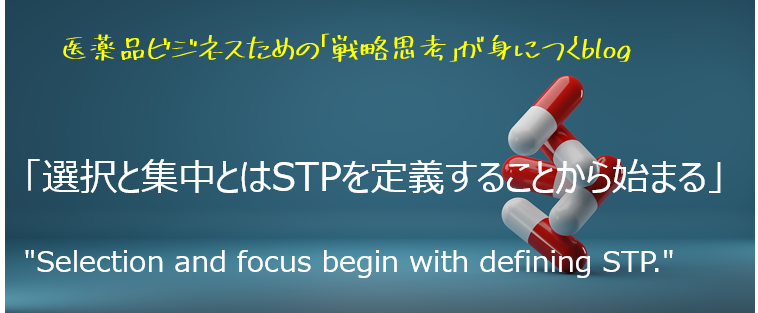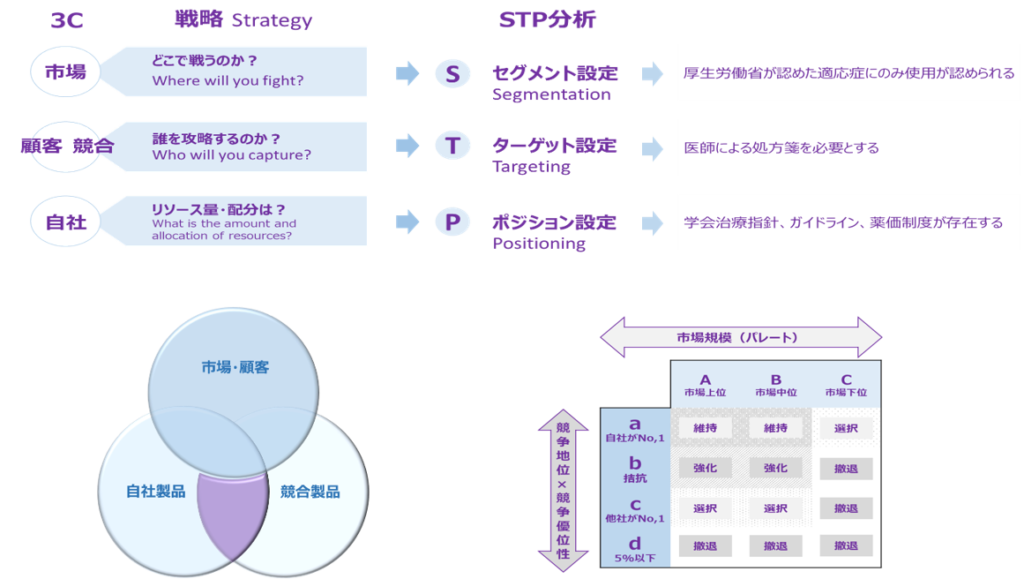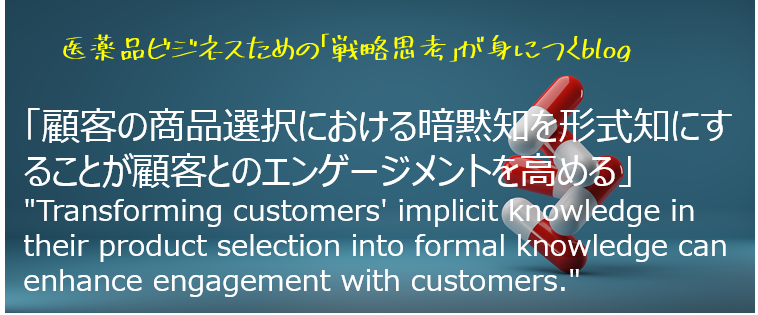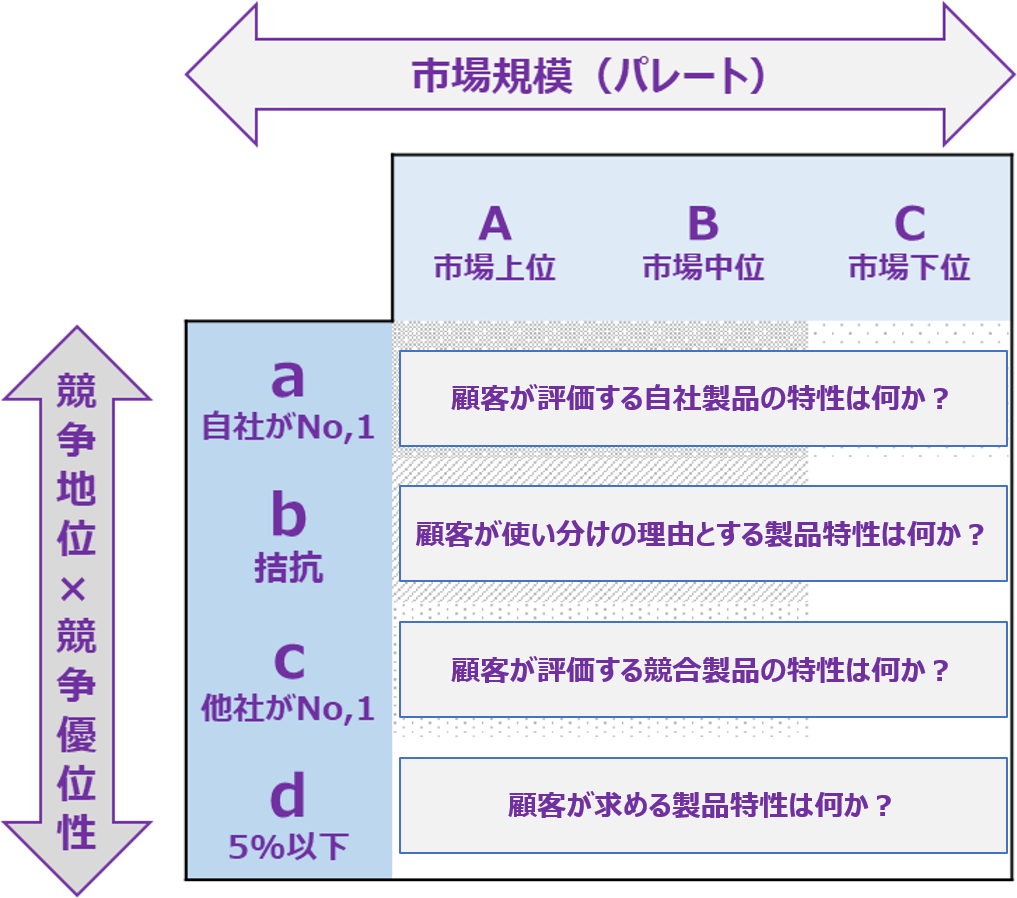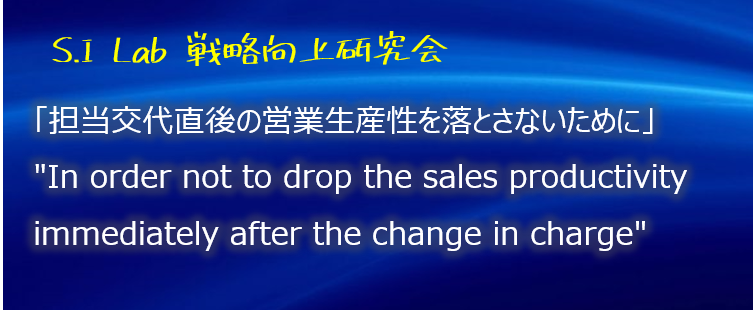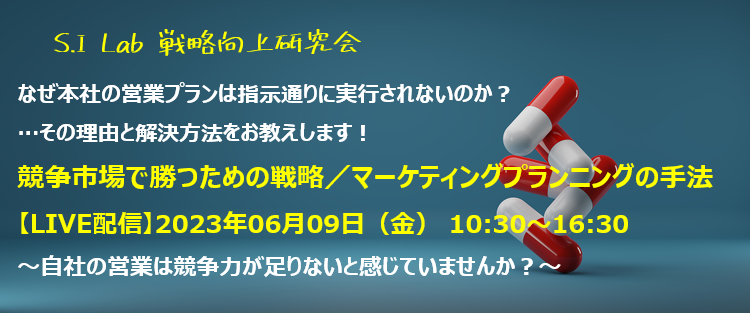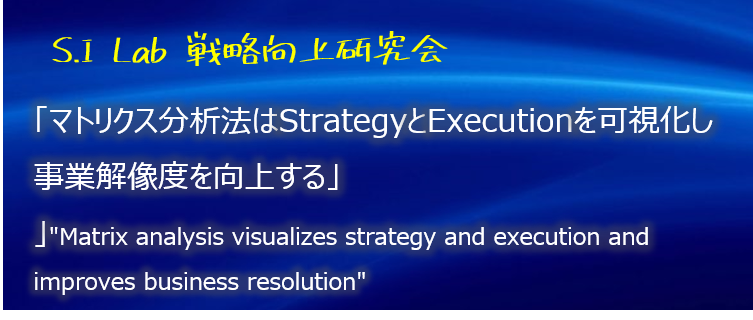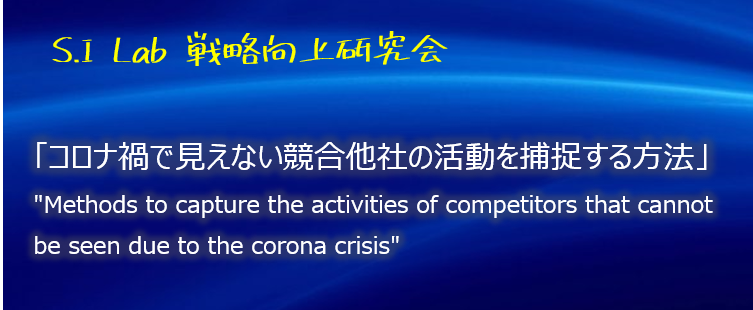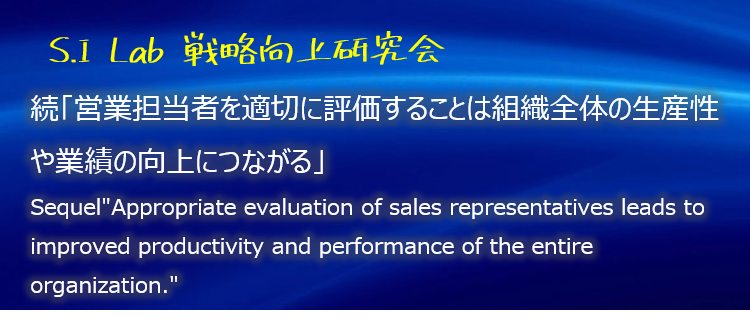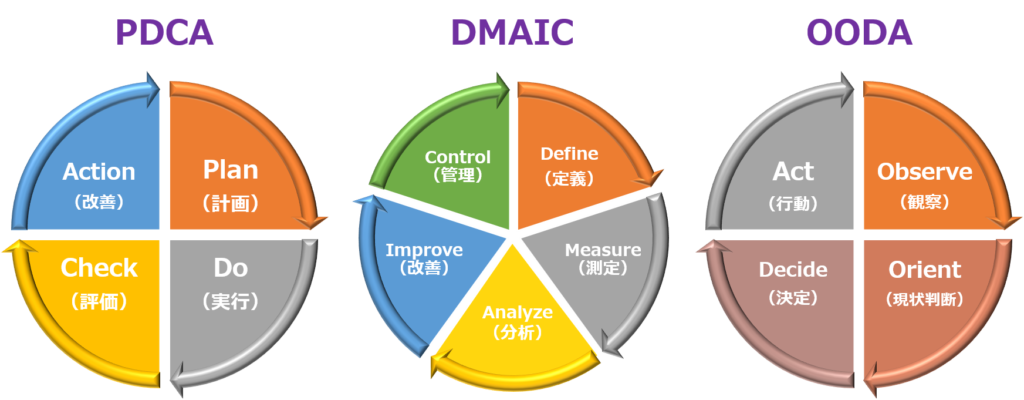
DMAIC、PDCA、OODAは、いずれもビジネスプロセス改善の手法であり、それぞれ異なるコンテキストで適しています。
DMAICは、Six Sigmaの手法の1つであり、品質管理やプロセス改善に適しています。
品質の向上やプロセスの改善を目的とするプロジェクトに適しています。
PDCAは、経営戦略の策定や業務プロセス改善に適しています。
組織全体に適用できる手法であり、改善を継続的に行うことが求められるビジネスに適しています。
OODAは、戦略策定や競争環境の分析に適しています。
ビジネス環境が複雑で不確実性が高い場合に有効であり、迅速な意思決定と適応力が求められるビジネスに適しています。
データドリブンマーケティングではDMAIC、VUCAの時代の戦略にはOODAように、DMAIC、PDCA、OODAはそれぞれ異なるビジネスコンテキストで有効であり、適切な手法を選択することが重要です。
PDCAは業務改善プロセスの代名詞ですが、縮小市場においては確実な実行を促進するだけでは少し古いかもしれませんね。
“How to use business process improvement methods in different contexts”
DMAIC, PDCA, and OODA are all methods for business process improvement, and each is suitable for different contexts.
DMAIC is one of the Six Sigma methods and is suitable for quality management and process improvement. It is suitable for projects aimed at improving quality or processes.
PDCA is suitable for developing management strategies and improving business processes. It is a method that can be applied to the entire organization and is suitable for businesses that require continuous improvement.
OODA is suitable for strategy development and analyzing competitive environments. It is effective in businesses where the environment is complex and uncertainty is high, and where quick decision-making and adaptability are required.
In data-driven marketing, DMAIC is used, while in the VUCA era, OODA is more suitable for strategic planning. It is important to choose the appropriate method as DMAIC, PDCA, and OODA are effective in different business contexts.
PDCA is synonymous with business process improvement, but it may be a bit outdated in promoting surefire execution in shrinking markets.

